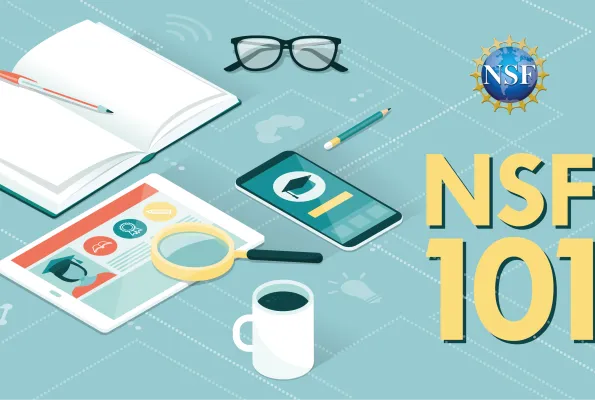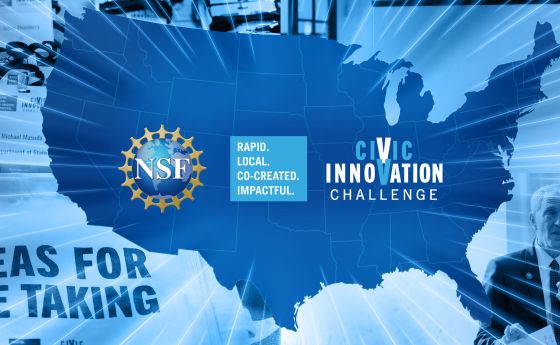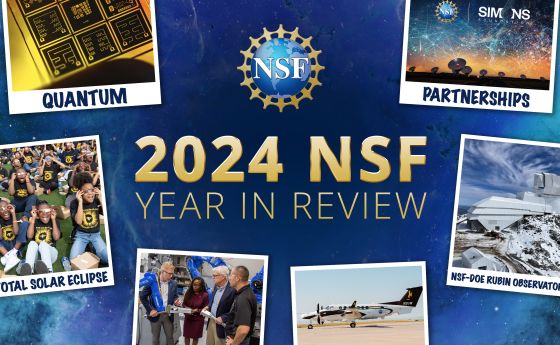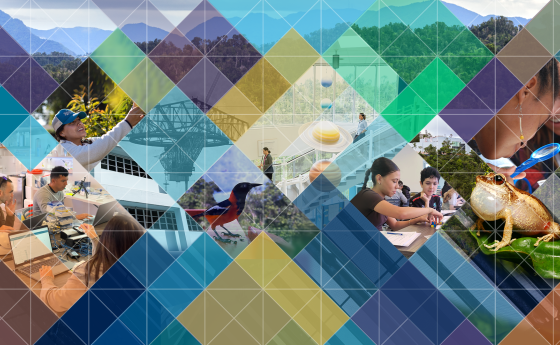
NSF 101: The Mid-Career Advancement program
As a mid-career scientist or engineer (at the associate professor rank or equivalent), you are familiar with the pressure to remain productive in the lab, yet also obligated to teaching, institutional service and professional development. Being pulled in so many different directions constrains your time and creates inequities in workload, which could hinder research productivity and career advancement in the long term. To address this, the U.S. National Science Foundation created the new Mid-Career Advancement program to help mid-career researchers re-balance and prioritize their time.
Much like NSF’s Faculty Early Career Development Program known as CAREER, the Mid-Career program helps ensure the health and vitality of science at a sensitive career stage. It also aims to lift some of these constraints to support your scientific research career and help build and retain a more diverse science and engineering workforce.
Target date: Proposals for Mid-Career Advancement should be submitted by the first Monday in February each year (for Fiscal Year 2021 solicitation, the target date is Feb. 1, 2021).
Below are three key objectives of the solicitation, along with some tips for successful proposals.
- Supporting advancement not otherwise likely to occur
Awards provide protected time (6.5 months of salary) for the applicant to concentrate on research, training and networking with a partner (see below), typically from an institution other than their home institution.
Proposal tip: Provide convincing evidence of how protected time and resources could substantially benefit your research program and career trajectory, enabling scientific and academic advancement, which that would otherwise be unlikely without this support.
- Partnerships
Awardees must work with at least one partner. A partner is an individual who can provide the awardee with training in new skills and technologies; offer networking opportunities; expand the awardee’s opportunities for collaborative and integrative work in the future; and work on an innovative research project that will lead to preliminary data, papers and future competitive research projects. Partners can come from outside of an awardee's discipline and institution (including foreign institutions and those outside of academia) and can be at any career level.
Proposal tip: You should demonstrate a synergistic and mutually beneficial collaboration between you and your chosen partner(s), given each of your respective skills, backgrounds and areas of expertise. This should be more than what is achievable through a typical collaborative research grant.
- Broadening participation
Research has shown an imbalance in workload for women, persons with disabilities and under-represented minorities, who spend more time on service and teaching at the expense of research. Such inequity can lower the likelihood of promotion to the highest academic and leadership ranks. It offers a way for these individuals to re-balance their workload and focus on increasing their potential to advance science and progress in their field.
The program also helps build workforce capacity by enabling mid-career researchers in developing new perspectives and techniques working with their designated partnerpartner, which in turn builds new relationships to broaden professional networks and discover new opportunities.
To learn more about Mid-Career Advancement and participating programs, visit nsf.gov. Then, review the contact list to find a cognizant program officer for your area or email mca.info@nsf.gov for specific questions.
Good luck!
Written by
Vincent Tedjasaputra, PhD, AAAS Science and Technology Policy Fellow
Jared Dashoff, Communications Specialist, NSF's Biological Sciences Directorate



